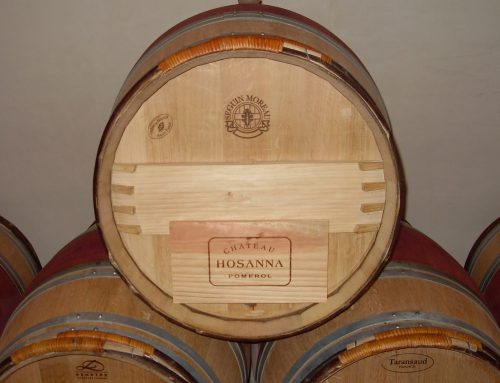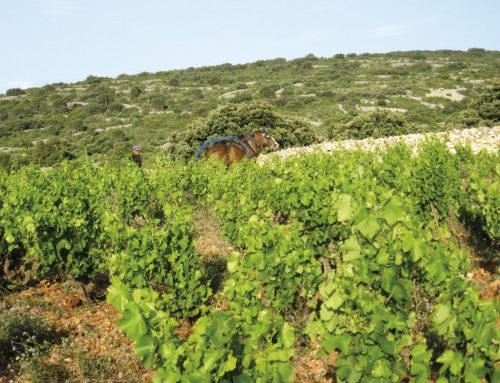The Groce family founded the wine estate in the 18th-century. In 1833, its reputation for outstanding wine led the Baron de Brane to sell Brane-Mouton (which would become Mouton-Rothschild) in order to buy the more prestigious Groce estate. He changed the name to Brane-Cantenac, as the chateau is located in Cantenac, a section of the Margaux appellation. In Bordeaux’s famous 1855 Classification, Chateau Brane-Cantenac was ranked a Second Growth, yet it fetched the same price for its wine as the four First Growths: Chateaux Lafite-Rothschild, Latour, Margaux, and Haut-Brion.
In 1925, Francois Lurton took ownership of Chateau Brane-Cantenac through marriage, and in 1992, his grandson Henri Lurton took the reins. Lurton brought degrees in biology and enology and New World winemaking experience to his task.
I became acquainted with Chateau Brane-Cantenac in the late 1970s. Like many chateaux at that time, including Lafite Rothschild and Margaux, the quality of the wines did not reflect their high ranking. But, in the 1980s, first-rate wines from New World regions forced chateaux owners to invest in their vineyards and winery and adopt modern viticulture and winemaking techniques.
In 1999, Brane-Cantenac built a new winery. Vineyards are gradually being converted to organic farming, and new technology is employed for selecting only the best grapes for fermentation. Equally important, Lurton is only allowing the very best barrels of wine to be bottled with the Chateau Brane-Cantenac label; the reminder, about two-thirds of the production, is bottled under the chateau’s second-label, Le Baron de Brane and its third, Chateau Notton.
Bordeaux’s 2008 vintage is overshadowed by the succulent and seductive 2009, but that shouldn’t blind consumers to the quality of the 2008.
Chateau Brane-Cantenac made an elegant wine in 2008. Its black cherry, coffee and black tea aromas are combined with the Margaux appellation’s classic blackberry-flavored fruit bearing soft tannins and a long finish. This well-balanced wine is drinkable after decanting for 30 minutes. It will age gracefully into the next decade. Expect to pay about $55.
The 2009 vintage is one of voluptuous fruit, elegant structure and irresistibility. Brane-Cantenac’s 2009 wine reflects the vintage with a slightly New World style. Cellar this wine for the next five years while you enjoy the unheralded and good value 2008.
The 2009 Chateau Brane-Cantenac retails for about $105.
A barrel sample is an approximation of what the final wine will be like after its regime of fermentation and aging is completed. The 2011 Brane-Cantenac barrel sample that I tasted in May had a mildly smoky aroma with blackberry and blueberry-flavored fruit. The tannins are soft and round, giving this embryonic wine an appealing finish and typical Margaux balance. The 2011 vintage is a hit-or-miss affair; Chateau Brane Cantenac hit it right and you shouldn’t miss it.
The 2011 Chateau Brane-Cantenac is currently available on a future basis, meaning you pay the retailer now to lock in your delivery in late 2013. The price is about $50.
It is challenging to find Bordeaux wines because of its antiquated distribution system in which the chateaux sell to trading houses, which sell to importers, who sell to distributors or middlemen, who sell the wine to retailers. I wish it were simpler. You should rely on medium to large retailers to obtain your Chateau Brane-Cantenac wine.








Leave A Comment